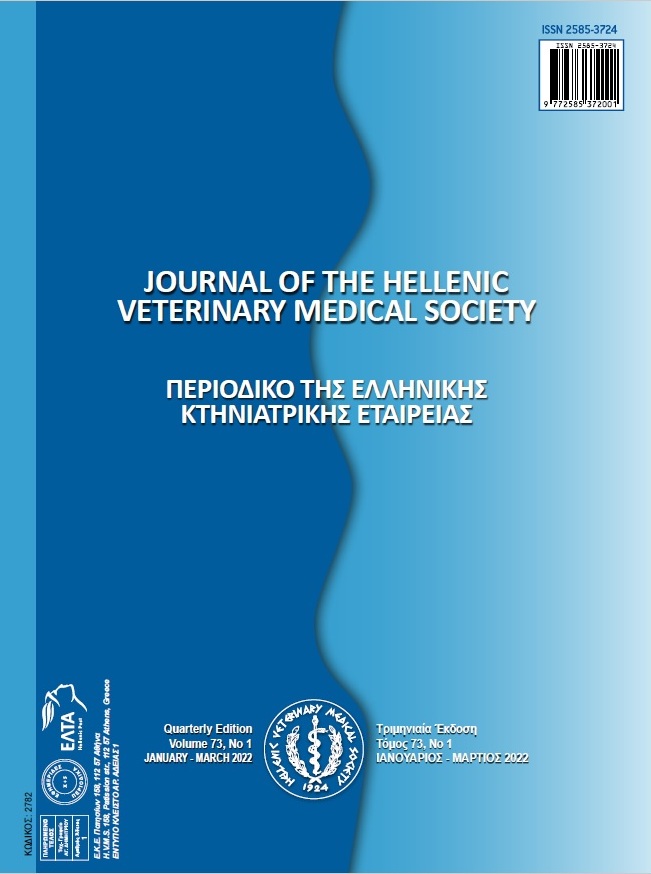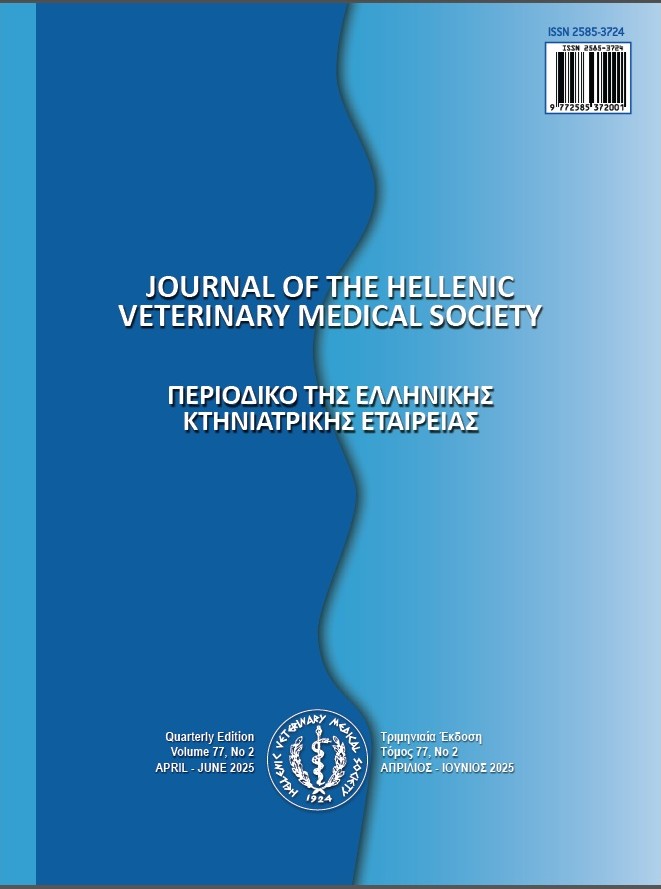Determination of Nutritional Value of Alfalfa Varieties and Lines by Using the In Vitro Method and Gas Production Technique

Abstract
This study was organized to determine the nutritional value of different alfalfa varieties and lines selected within the scope of the “Cukurova Region Alfalfa Breeding Project”, conducted at the Eastern Mediterranean Agricultural Research Institute, by using the in vitro gas production technique. In the project, Nimet was certified as a new variety. The used alfalfa lines were YSH 26-12, YSH 23-9, YSH 21-1, YSH 27-9, YSH 37-12, YSH 35-11, YSH 28-6, YSH 16-11, YSH 14-3, and YSH 11-4. The certified Nimet variety was used as a control. Alfalfas have been harvested in April, at the beginning of blooming. Chemical composition, metabolic energy (ME), net energy lactation (NEL), and organic matter digestibility (OMD) of the certified Nimet variety with 10 different alfalfa lines used in the experiment were determined by Hohenheim in vitro gas production technique. The incubation times in the Hohenheim gas production technique are 3, 6, 9, 12, 24, 48, 72 and 96th hours. Crude protein (CP), crude cellulose (CC), NDF, and ADF contents of the alfalfa varieties and lines ranged between 19.06-22.40%, 24.90-33.30%, 33.16-45.73%, and 30.77-39.75%, respectively. After 96-hour incubation, the highest total gas production (GP) was found at the YSH 11-4 line (45.32 ml) (P < 0.05). While ME, OMD and NEL contents were found to be high at the YSH 11-4 line, ME and OMD values were statistically different from the YSH 28-6, YSH 16-11, YSH 14-3, and YSH 21-1 lines. On the other hand, NEL values were determined different from YSH 23-9, YSH 21-1, YSH 28-6, YSH 16-11, YSH 14-3 lines.
Article Details
- How to Cite
-
BOGA, M., & Ayasan, T. (2022). Determination of Nutritional Value of Alfalfa Varieties and Lines by Using the In Vitro Method and Gas Production Technique. Journal of the Hellenic Veterinary Medical Society, 73(1), 3613–3620. https://doi.org/10.12681/jhvms.24674
- Issue
- Vol. 73 No. 1 (2022)
- Section
- Research Articles

This work is licensed under a Creative Commons Attribution-NonCommercial 4.0 International License.
Authors who publish with this journal agree to the following terms:
· Authors retain copyright and grant the journal right of first publication with the work simultaneously licensed under a Creative Commons Attribution Non-Commercial License that allows others to share the work with an acknowledgement of the work's authorship and initial publication in this journal.
· Authors are able to enter into separate, additional contractual arrangements for the non-exclusive distribution of the journal's published version of the work (e.g. post it to an institutional repository or publish it in a book), with an acknowledgement of its initial publication in this journal.
· Authors are permitted and encouraged to post their work online (preferably in institutional repositories or on their website) prior to and during the submission process, as it can lead to productive exchanges, as well as earlier and greater citation of published work.




